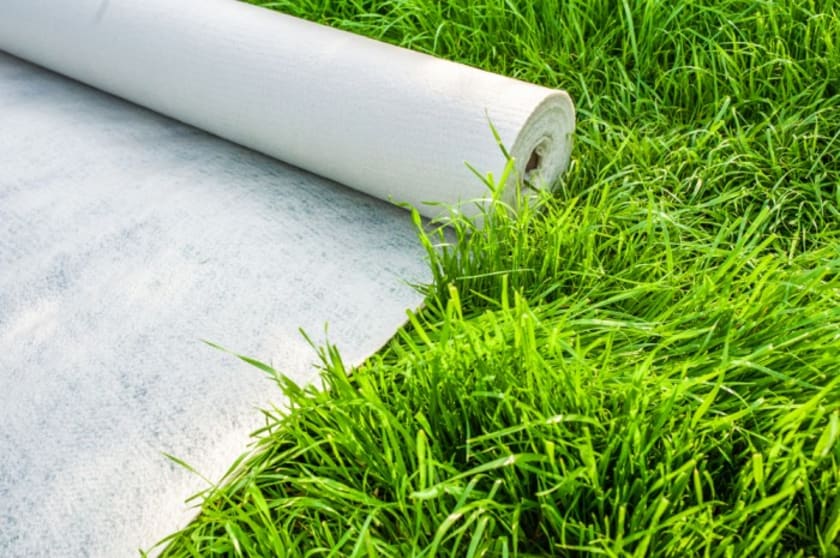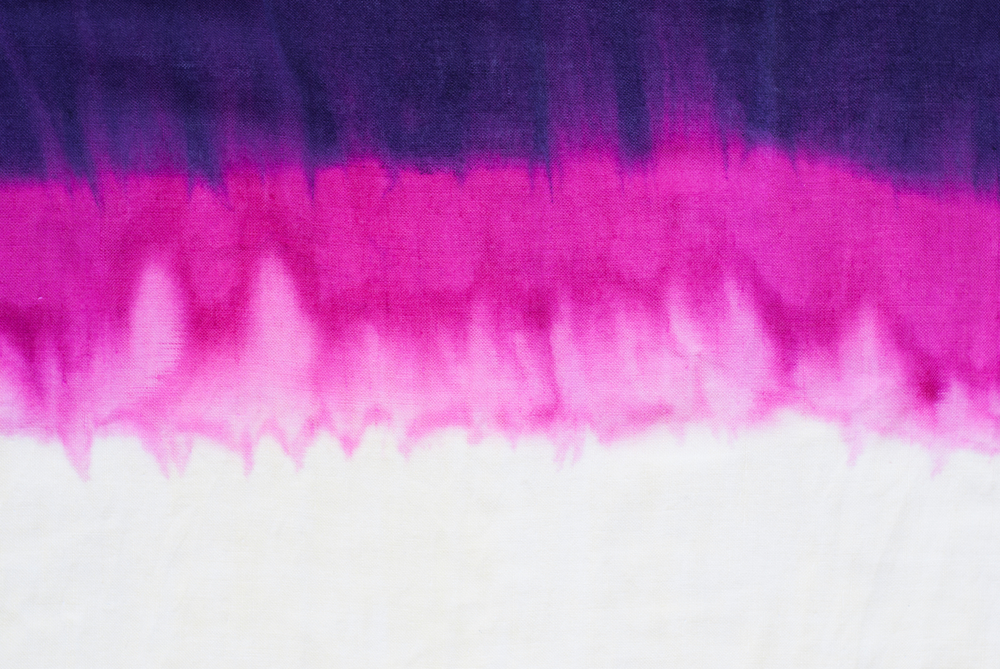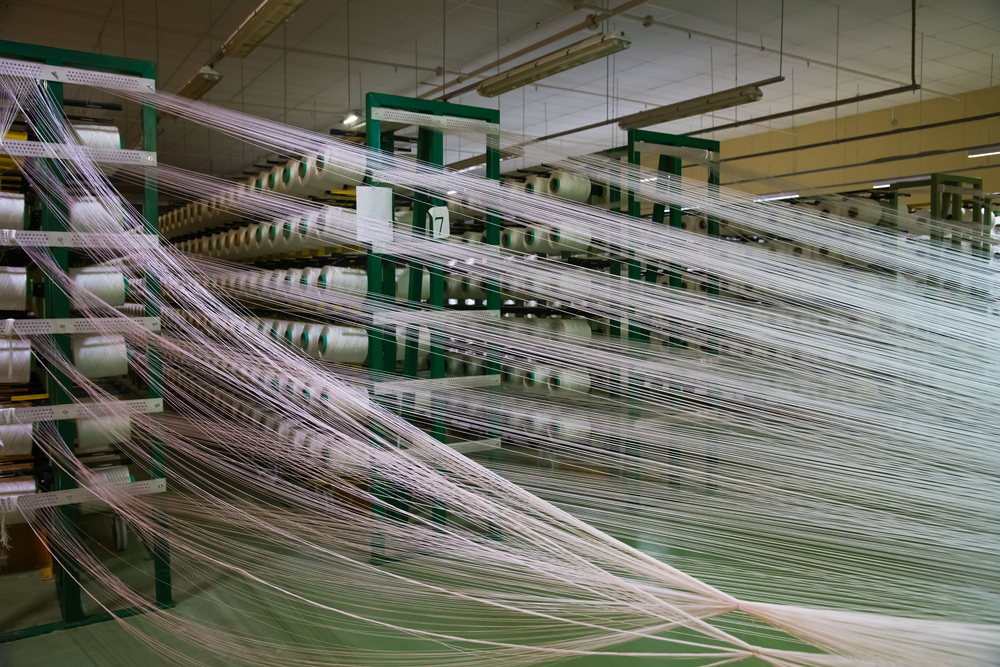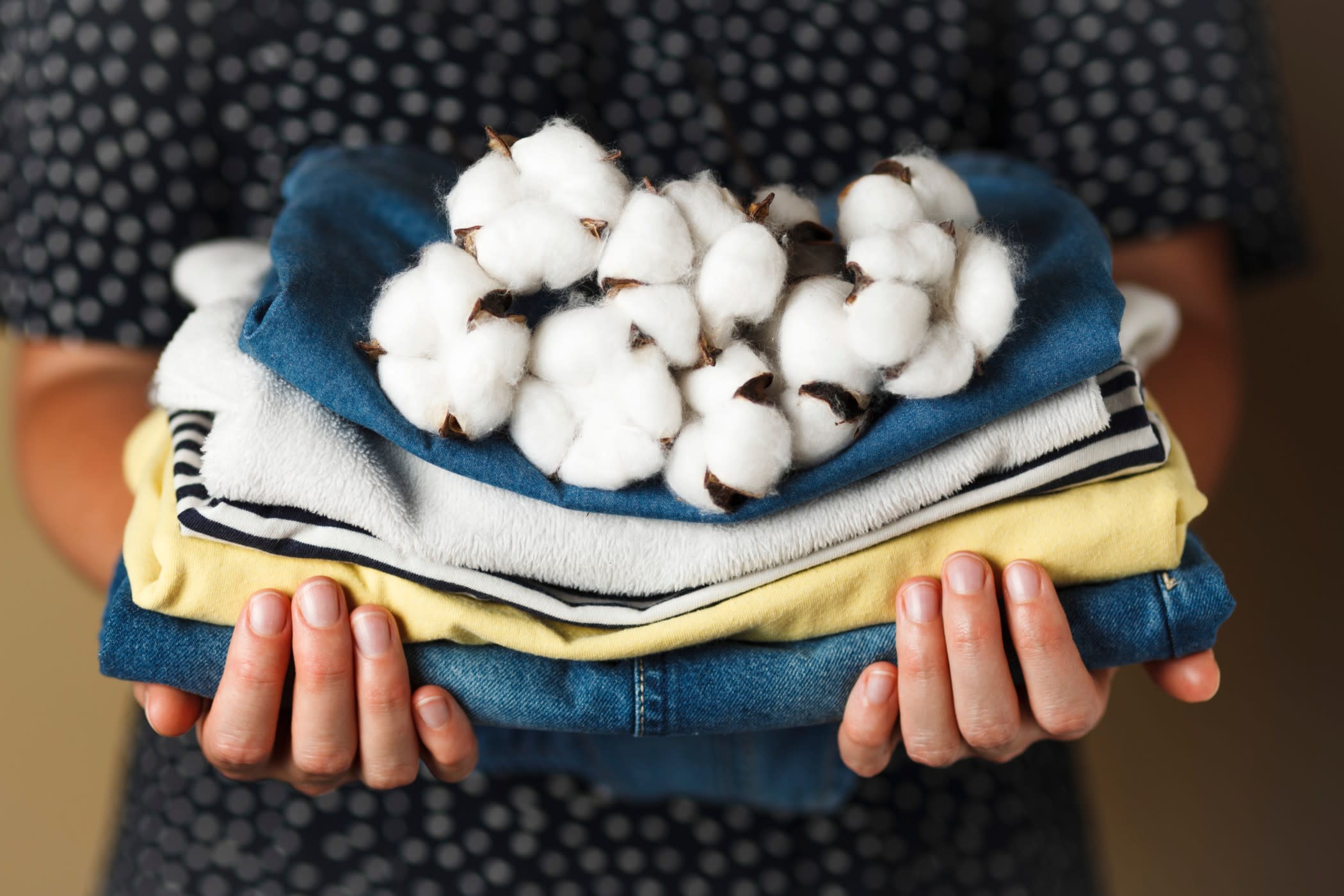Understanding the Effects of Effluents on the Environment during Textile Dyeing



Dyeing is one of the primary phases in the textile industry. Without proper coloring, fabrics cannot have their desired beauty and grandeur. The use of natural colors is much limited now, due to their rare availability. So, synthetic dye is widely used in all textile companies across the world. Moreover, synthetic dyes are more long-lasting and available in a large variety of shades. The dyed fabric needs to be washed in water before packing for sale. Generally, colored pigments are applied to fibers or yarns. Then the excess chemicals are washed off before the dyed fibers are woven into fabrics.
Different types of dyes are used for coloring fabrics
- Wool, silk, and nylon fabrics are colored with acidic dyes, which easily dissolve in water and contain some acidic groups. Two varieties of acid dyes, namely Lancet acid dye and Leveling acid dye, are usually preferred for the treatment of all types of protein-based fibers.
- Acrylic fibers should be treated with dyes containing basic groups, as this synthetic fiber contains 35%–85% acrylonitrile. The basic dyes are also called cationic dyes. These dyes are also used in coloring bulk amounts of pure silk, wool, and nylon fibers, as well as paper. Thus, the use of basic dyes is quite popular in the textile industry. Excess dye is absorbed by passing dyed fibers through an acid bath using acetic acid, which is a mild chemical.
- Polyester and other hydrophobic fibers can be colored with disperse dyes containing azo groups or anthraquinone. So, these dyes are also called Azoic dyes, which are created by the reaction of a coupling compound and a di-azo compound. As these dyes are insoluble in water, they are more long-lasting even after washing the fabrics with water. These dyes are also lightfast and are available in a greater range of colors.
- Cotton threads are suitable for different types of dyes, like synthetic reactive dye, vat dye, and substantive or direct dye. Synthetic reactive dye is wash proof and thus, the dyed fabrics can be washed easily with water without any loss of color. Direct dye is the cheapest one; however, it creates a dull shade and is less durable than other dyes.
- Bulk quantities of polyester, nylon, rayon, silk, and acrylic wool can be dyed by using mordant dyes. These dyes make the fabrics resistant to water, sunlight, and sweat of users. However, the colors available in these dyes are not very bright and should be chosen carefully.
Various dyeing methods are applicable to fibers or cloths in the textile industry. Exhaust application, continuous method, and waterless dyeing or dry dyeing are the common ways of dyeing fibers or fabrics of different kinds.
Harmful effects of water pollution caused by dyes in the textile industry

Textile mills need gallons of water every day, to wash the fibers before and after dyeing, and also to wash the dyed fabric after weaving the fibers. More than 8000 chemicals are used in making different kinds of textile dyes, which need large amounts of water for dissolving these chemicals. Hence, huge quantities of water are consumed daily in a textile mill of average production size. The weaving and printing machines used in these mills are also washed daily with water. So, water pollution is a major hazard caused by textile mills, apart from water consumption
Since all the dyed fibers and cloths are washed with water before further processing, lots of water-soluble dyes are released from textile mills. These dyes heavily pollute nearby water bodies where the sewage of these manufacturing units is disposed of. Most of these dyes contain lead, arsenic, sulfur, nitrates, mercury, cadmium, acetic acid, nickel, cobalt, and many other chemicals. Some of these chemicals can be very dangerous for human health, mainly when consumed unknowingly with water. Thus, the effluent discharge from textile mills can be toxic, leading to huge water pollution.
As environment-friendly or biodegradable dyes are not used in most Indian textile mills, these effluents also increase the temperature and pH of water bodies. The colloidal and oily nature of effluents also turns the water cloudy and thicker; it may create a foul smell there as well. Thus, the oxygen content of the water is greatly reduced, leading to the death of fish and other creatures living in those water bodies. If this polluted water is used for irrigation in nearby fields, it can reduce the productivity of the soil. The natural pores of the soil are blocked by the thick effluents, due to which sunlight and water cannot penetrate deep inside. Also, plant roots cannot penetrate due to the thicker and harder texture of the soil.
When the chemical-laden effluents pass through metal sewage pipes, many corrosive chemicals cause damage to those drainpipes. The inner surfaces of these pipes are coated with a thick layer of deposited chemicals, which narrows the inner space. Hence, owners of those textile mills may need to replace those pipes quite frequently, which will increase the usual cost of factory maintenance.
Disposed water from textile mills often meets the underground water level, which is later drawn up by hand pumps. People use this water for drinking and cooking, resulting in serious health issues. Moreover, different kinds of bacteria, viruses, and harmful fungi can grow freely in this polluted water. Thus, people are more likely to be inflicted by several diseases when they consume this water every day. The organic chlorine used in many textile dyes can act as a carcinogen, resulting in fatal cancer in people consuming water polluted with this chemical. There are other organic chemicals in these coloring matters, which can impose serious threats to human health.
The use of polluted water can also be harmful to textile mills. If the impure water is used for washing or bleaching the end products of these mills, undesired taints may form on the cloth surfaces. Then those products will be disqualified for sale in the market, resulting in heavy losses for the companies. Mainly, white clothes are more likely to develop yellowish marks after the bleaching is done with polluted water.
Different useful methods of treating effluents in textile mills

- Effluents can be treated by some physical methods before disposing of into water bodies. Filtration, coagulation, sedimentation, membrane treatment, incineration, flotation, and reverse osmosis are some simple physical treatments that can be done very quickly and with minimal resources. However, distillation, solvent extraction, ionization radiation, and foam fractionation are also popular physical ways of effluent treatment in reputed textile mills.
- Chemical neutralization of effluents is an effective step for waste management in textile mills. The wastewater and other liquids can be subjected to oxidation, reduction, catalysis, electrolysis, or ion exchange methods, as per the nature of chemicals present there. However, large-scale arrangements are needed for these chemical procedures that demand many tools used in chemical laboratories.
- Some biological procedures are also useful in treating effluents of textile mills. The use of activated sludge, aerated lagoons, and leaking filters are a few simple biological processes that can be done at a reasonably low cost. The high-graded procedures of fungal treatment, stabilization, anaerobic digestion, and flocculation are widely used in wastewater treatment.
It is found that all these treatment procedures can eliminate 85% of the harmful contents from effluents of textile mills. The resultant liquid after undergoing water treatment is usually found in a deep color. So, it should go through another process to shed off this color and other impurities present there. Since water is needed in all the steps of producing textiles, a large setup of waste management is essential for the purification of that used water. Averagely, a textile mill needs to purify approximately 20 billion liters of water in a year. Hence, it is very expensive for mill owners to purify the water used in dyeing fabrics. However, there are a few cheaper options for them that will also save the environment and other people from the ill effects of water pollution.
Simple procedures for minimizing the costs of water treatment
Mill owners can recycle the wastewater by cleaning the floors and walls of mills. Thus, they do not need to dispose of this toxic liquid in any nearby water bodies, thus saving the environment. They can also choose non-toxic dyes that are more eco-friendly and safe for users as well. Some customers show an inclination to buy garments that are labeled as made with eco-friendly products. However, vibrant-colored garments are also preferred by many common customers in all markets. The Air Dyeing Technology is very useful in textile mills where no water is needed to wash dye fibers or cloths. This process is also more environment-friendly, as it does not emit harmful greenhouse gases and the energy consumption is 87% lesser than that needed in other dyeing methods. The dyed fabric also does not need bleaching and various designs can be easily imprinted with multiple colors.



















